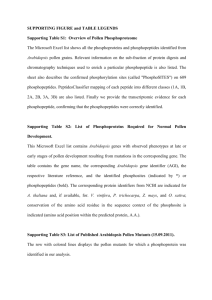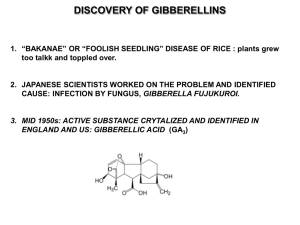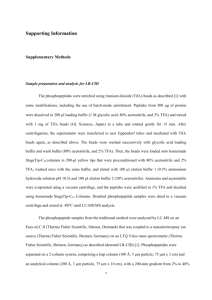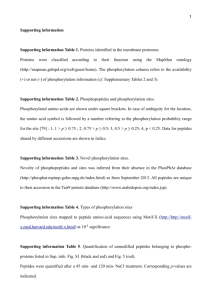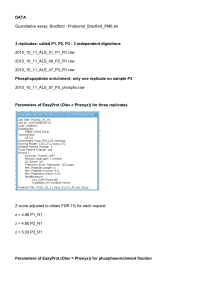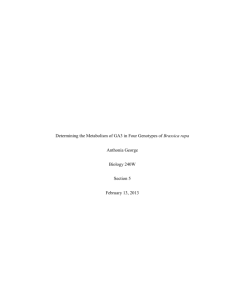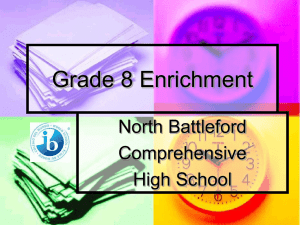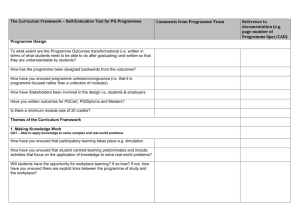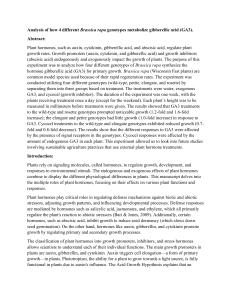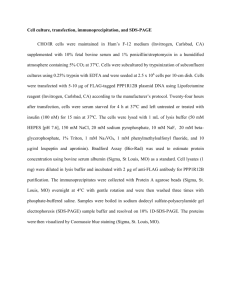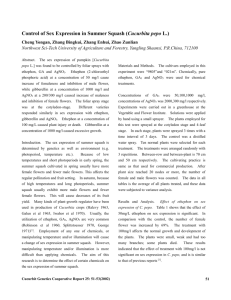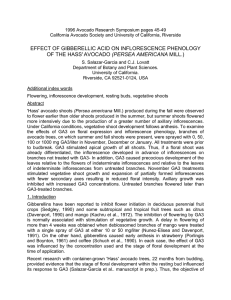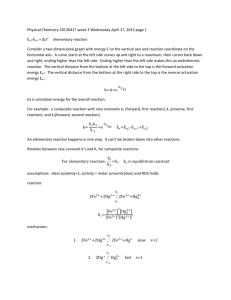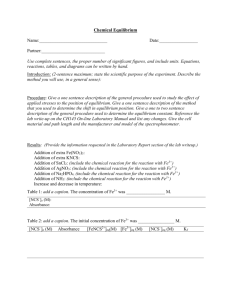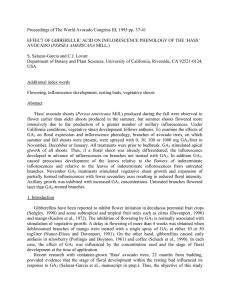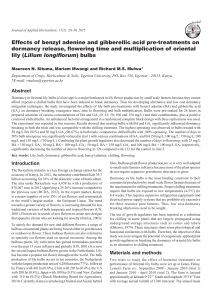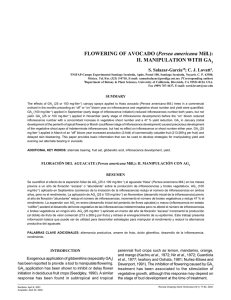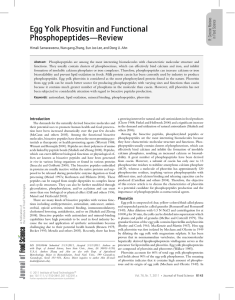Methodologies to enrich heterogeneous types of phosphopeptides
advertisement
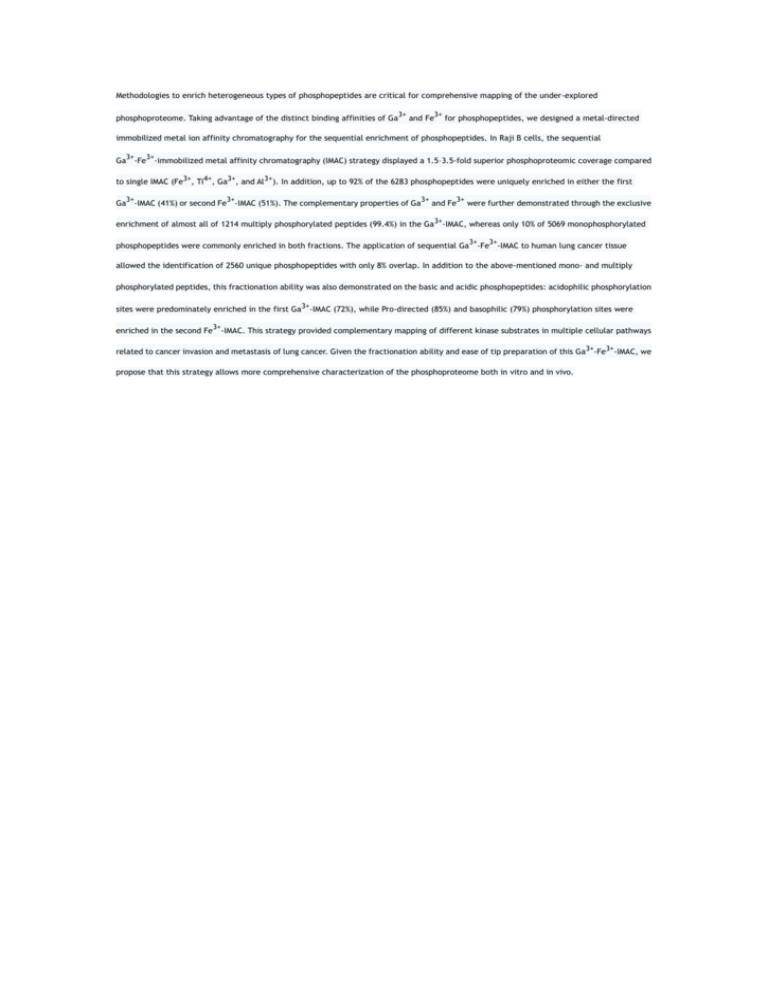
Methodologies to enrich heterogeneous types of phosphopeptides are critical for comprehensive mapping of the under-explored phosphoproteome. Taking advantage of the distinct binding affinities of Ga3+ and Fe3+ for phosphopeptides, we designed a metal-directed immobilized metal ion affinity chromatography for the sequential enrichment of phosphopeptides. In Raji B cells, the sequential Ga3+-Fe3+-immobilized metal affinity chromatography (IMAC) strategy displayed a 1.5–3.5-fold superior phosphoproteomic coverage compared to single IMAC (Fe3+, Ti4+, Ga3+, and Al3+). In addition, up to 92% of the 6283 phosphopeptides were uniquely enriched in either the first Ga3+-IMAC (41%) or second Fe3+-IMAC (51%). The complementary properties of Ga3+ and Fe3+ were further demonstrated through the exclusive enrichment of almost all of 1214 multiply phosphorylated peptides (99.4%) in the Ga3+-IMAC, whereas only 10% of 5069 monophosphorylated phosphopeptides were commonly enriched in both fractions. The application of sequential Ga3+-Fe3+-IMAC to human lung cancer tissue allowed the identification of 2560 unique phosphopeptides with only 8% overlap. In addition to the above-mentioned mono- and multiply phosphorylated peptides, this fractionation ability was also demonstrated on the basic and acidic phosphopeptides: acidophilic phosphorylation sites were predominately enriched in the first Ga 3+-IMAC (72%), while Pro-directed (85%) and basophilic (79%) phosphorylation sites were enriched in the second Fe3+-IMAC. This strategy provided complementary mapping of different kinase substrates in multiple cellular pathways related to cancer invasion and metastasis of lung cancer. Given the fractionation ability and ease of tip preparation of this Ga3+-Fe3+-IMAC, we propose that this strategy allows more comprehensive characterization of the phosphoproteome both in vitro and in vivo.
